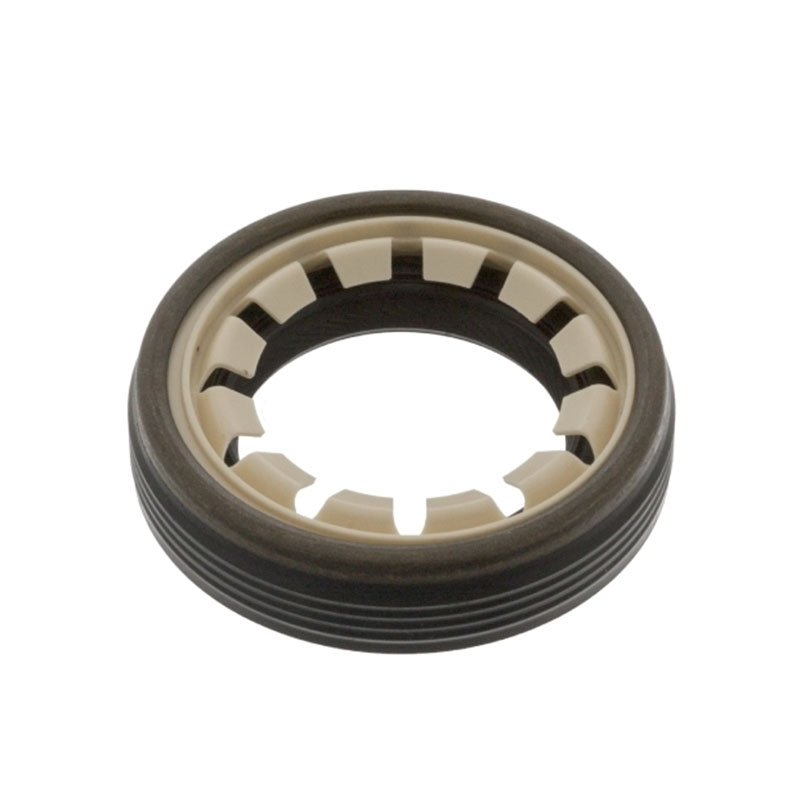Oil pan bolt for securing engine oil pan to vehicle's engine block.

oil pan screw. It is best to replace the screw with a new one of the same size and type to ensure a proper seal. Regular maintenance of the oil pan screw is essential to prevent leaks and ensure the proper functioning of the engine. It is a good idea to check the oil pan screw for tightness and any signs of damage whenever changing the oil in a vehicle. Additionally, it is important to use the correct tools and techniques when replacing the oil pan screw to avoid causing damage to the engine or the oil pan itself. In conclusion, the oil pan screw plays a critical role in keeping a vehicle's engine running smoothly. By ensuring that the oil pan screw is properly tightened and maintained, drivers can help prevent oil leaks and protect their engine from damage. Regular inspection and maintenance of the oil pan screw are essential for the overall health and longevity of a vehicle's engine.
-
Understanding the Front Main Engine Seal: Purpose, Maintenance, and Installation
News Jul.29,2025
-
Understanding O-Rings and Seal Rings: Types, Applications, and Custom Solutions
News Jul.29,2025
-
Understanding Crankshaft Oil Seals: Rear Seals, Pulley Seals, and Their Role in Engine Integrity
News Jul.29,2025
-
The Importance of Front and Rear Crankshaft Seals in Engine Performance and Oil Management
News Jul.29,2025
-
Crank Oil Seals: Functions, Types, and Cost Considerations in Engine Maintenance
News Jul.29,2025
-
A Comprehensive Guide to O-Rings and Seals: Types, Materials, and Global Applications
News Jul.29,2025
-
Mastering Diesel and Performance Engine Maintenance: A Guide to Critical Oil Gaskets
News Jul.28,2025
Products categories















